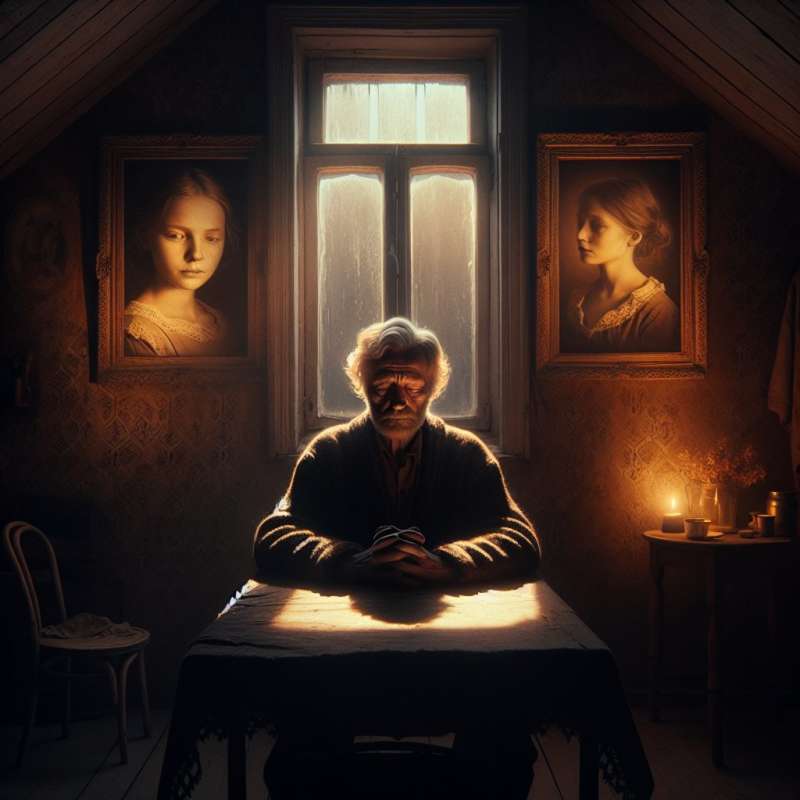
Introduction to Balzac
Honoré de Balzac was a French novelist and playwright. His magnum opus, La Comédie Humaine, reflects his keen observation of detail and unfiltered representation of society.
'Père Goriot' Overview
'Le Père Goriot', published in 1835, is often considered Balzac's most important novel. It explores themes of parental love, societal change, and ambition in post-revolutionary Paris.
Realism in Literature
Balzac is hailed as one of the founders of realism in European literature. 'Le Père Goriot' exemplifies this through its detailed depiction of the French social strata and characters.
The Boarding House Microcosm
The Maison Vauquer, where much of the novel takes place, serves as a microcosm of Parisian society, housing characters of various social standings and ambitions.
Rastignac’s Moral Dilemma
Eugène de Rastignac, the novel's ambitious young protagonist, faces the moral quandary of choosing between social success and personal integrity.
Goriot’s Sacrificial Love
Goriot's love for his daughters is tragic and self-sacrificial, leading to his financial and physical ruin. Balzac uses this to criticize the corrosive power of a money-driven society.
Balzac's Lasting Influence
Balzac's deep character analysis influenced later novelists like Dickens and Dostoevsky. 'Le Père Goriot' remains a compelling study of human nature and social dynamics.
What is Balzac's famous work?
La Comédie Humaine
The Boarding House
Human Strata Analysis
Company